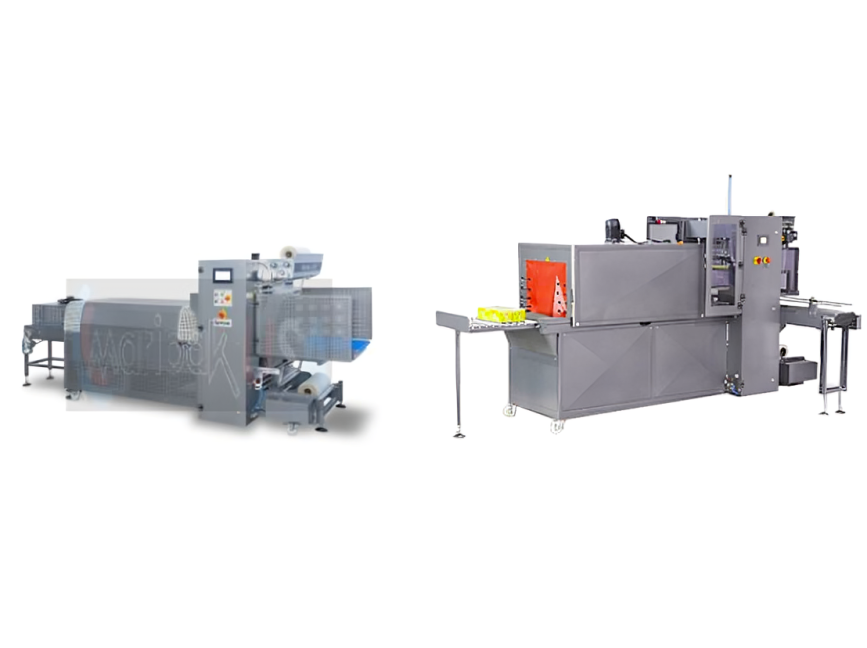Heat plays a critical role in modern packaging solutions, especially when it comes to protecting and presenting products. Among the most effective methods available, shrink wrap packaging has become a preferred choice across industries ranging from food and beverages to electronics and pharmaceuticals. The process relies on applying heat to shrink film tightly around items, creating a secure, tamper-evident, and visually appealing package. By understanding the role of heat in this method, businesses can make informed choices about equipment, efficiency, and the quality of their packaging outcomes.
How Heat Activates Shrink Films
Shrink wrap relies on special polymer-based films that contract when exposed to heat. These films are manufactured by stretching plastic molecules during production, which locks them into an expanded state. When heated, the molecules return to their natural configuration, causing the film to shrink uniformly around the product. This thermally activated reaction ensures a tight, customised fit regardless of the product’s shape or size.
Benefits of Heat-Shrink Application
The use of heat in shrink wrapping provides several practical benefits. First, it creates a strong barrier that protects items against dust, moisture, and physical damage during transport and storage. Second, the tight film coverage enhances the visual presentation of goods by offering a glossy, professional finish that allows consumers to view the product clearly. Finally, the heat-activated process helps deter tampering, as any interference with the packaging is immediately noticeable.
Equipment for Controlled Heating
The role of equipment cannot be overlooked in achieving effective shrink wrapping. Heat tunnels and sealing systems are designed to maintain consistent temperatures, ensuring that films shrink evenly without burning or wrinkling. Controlled heating also reduces waste, since inconsistent application can cause film distortion or product damage. Businesses investing in the right machinery can achieve higher productivity and more reliable packaging quality.
The Importance of Precision and Consistency
Applying heat effectively requires precision. Too much heat can damage the film or the product, while insufficient heat may result in loose packaging that fails to protect the item. Maintaining a consistent temperature throughout the process is crucial for ensuring durability and an appealing finish. Operators must also be trained to handle different types of shrink films, as varying thicknesses and materials respond differently to heat.
Role of the L bar sealer
One of the most commonly used tools in this process is the L bar sealer. This device creates secure seals by cutting and sealing the film around the product in a single motion, preparing it for the heat tunnel stage. The efficiency of this equipment helps speed up production, reduce film waste, and ensure neat, professional seals that contribute to the overall strength and aesthetics of the final package.
Integration of the shrink packaging machine
To maximise efficiency, many businesses rely on a complete shrink packaging machine that combines sealing and heating functions. These machines streamline operations by automating key steps, reducing manual handling, and improving output. For industries managing high-volume packaging needs, such systems provide consistency, speed, and reliability while minimising errors that might otherwise occur with manual methods.
Heat and Product Versatility
The versatility of heat-based shrink wrapping makes it suitable for a wide range of products. Delicate items like stationery or cosmetics can be securely wrapped without damage, while bulkier goods such as beverage multipacks benefit from the strength of tightly bound film. Heat ensures that regardless of size, shape, or fragility, products receive consistent coverage that enhances both protection and presentation.
Environmental Considerations
As packaging evolves, sustainability has become a key concern. Heat-based shrink wrapping uses lightweight films that reduce overall packaging material compared to rigid alternatives like boxes. This lowers transportation weight and, in many cases, decreases energy usage during shipping. Furthermore, recyclable shrink films are becoming more widely available, offering businesses a balance between durability and environmental responsibility.
Conclusion
The use of heat in shrink wrapping is fundamental to achieving secure, visually appealing, and tamper-evident packaging. From the preparation stage with equipment such as the L bar sealer to the comprehensive efficiency of a shrink packaging machine, each component plays a part in ensuring that products are consistently protected and presented to the highest standard. Heat does more than simply tighten film; it transforms packaging into a reliable solution that meets the demands of modern industries while supporting efficiency and consumer confidenc

